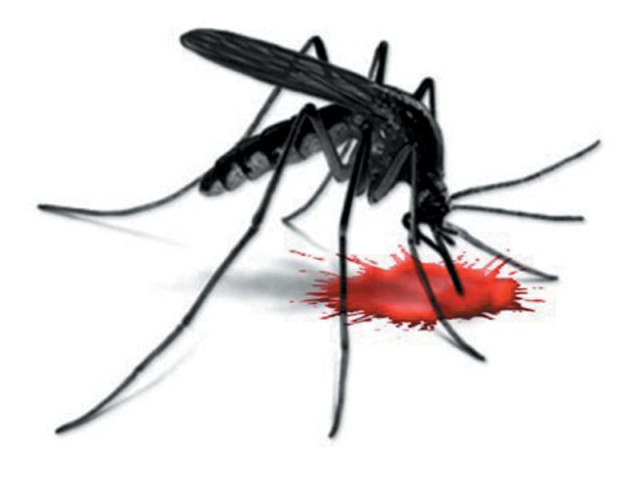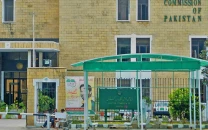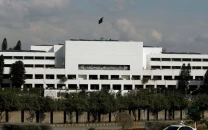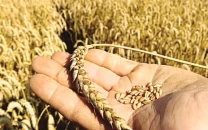K-P issues dengue outbreak alert
Seven districts have been declared high-risk areas

The Khyber-Pakhtunkhwa health department has shown serious concern over a possible dengue outbreak across the province following the recent monsoon rains.
The department has alerted all high-risk districts across the province regarding the outbreak, instructing them to further tighten surveillance.
So far this year, 80 dengue cases have been reported in the province, which is said to be fewer compared to last year.
Due to the timely action on the part of the health department, K-P currently has significantly lower dengue cases compared to other provinces.
Official sources told The Express Tribune that this year, 133 dengue cases have been reported in Punjab, 1,757 in Sindh, and 6,891 in Balochistan.
Although cases have been reported from 14 districts in K-P, some districts such as Chitral Lower, Upper Dir, Buner, and Mardan have only reported one case each.
Other districts have reported a few isolated cases. According to the report, Charsadda with two cases, Kohat with two, Nowshera with two, and Swat with three cases are leading in terms of the number of cases.
The health department has declared seven districts in the province as high-risk areas, where positive cases have been reported.
These districts include Peshawar with 17 cases, Dera Ismail Khan with two, Bannu with 11, Hazara with 13, Kohat with two, Mardan with 10, and Malakand with 20 cases.
Efforts are being intensified in these districts to control the situation. Officials said that that Peshawar is particularly surfaced as a hotspot for dengue, with only 17 cases reported by July 10, and four positive cases reported from the same area within a week.
According to the Health Department, 38 cases were reported in June alone. It also claimed that the highest number of cases in the province was in 2017, when the dengue situation was extremely severe with 25,000 cases and 70 deaths.
However, with the Dengue Action Plan, the situation gradually improved, which has helped keep this year’s numbers under control.
Sources from the Health Department also mentioned that many affected individuals have now recovered after treatment.
Currently, hospitals have ensured the availability of beds and medicines. All district health officers have been instructed, especially after the recent monsoon rains, to take measures as October and November are the peak season for dengue larvae proliferation.

















COMMENTS
Comments are moderated and generally will be posted if they are on-topic and not abusive.
For more information, please see our Comments FAQ